Titanic – a Tale for Our Time
Lots of talk this week about the 100th anniversary of the maiden – and final – voyage of Titanic. It’s an ever-fascinating morality tale of human…
 Is the Stock Market a Global Ponzi Scheme?
Is the Stock Market a Global Ponzi Scheme?
 Sacred Activism in the Service of Animals
Sacred Activism in the Service of Animals
 Of Humans and Persons
Of Humans and Persons

Lots of talk this week about the 100th anniversary of the maiden – and final – voyage of Titanic. It’s an ever-fascinating morality tale of human…

The pastor of a Texas mega-church used a live lion in a small cage and a baby lamb in his arms during his Easter Sunday service.…

A Ringling Bros. and Barnum & Bailey Circus train collided into a dump truck that had stalled on the train tracks near Knoxville, Tenn. The train…
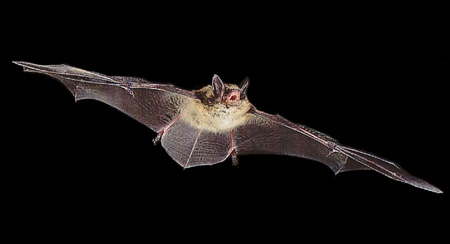
The mystery of why millions of bats in North America have been dying over the past several years may be solved. White nose syndrome, as the…

This new device is NOT the answer to the problem of Fido being so fat he can’t even climb the stairs. The answer is to lose…
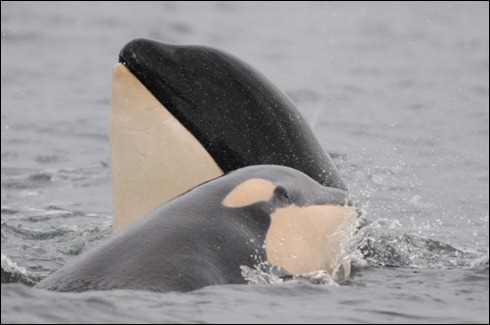
I may have met Little Victoria last summer. I don’t know that for sure, but I certainly met her family. She was a young orca, and her battered body washed up on the beach two months ago. The evidence is that she was killed by a sonar bomb set off by the Canadian Navy.

Astoundingly, the Governor of Florida has signed a bill overturning a 45-year-old ban on dyeing baby chicks. We’re told that this extraordinary step backward was at…
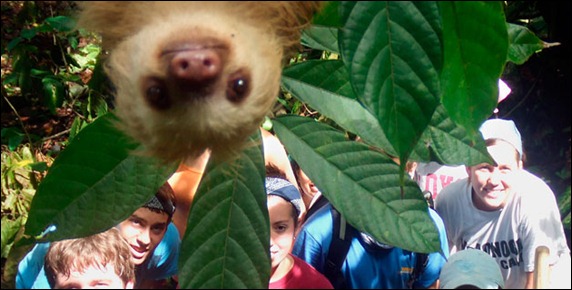
For sure, the best photo bomb of the year to date! (And yes, to the very best of our knowledge this is not a piece of…
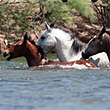
Forest Service Volunteer Becky Standridge watched and took photos as a group of wild horses went for a swim in an Arizona creek. One of them,…

Poldi the cat went for a walk from his family home in 1996. He reappeared … this week. For months after he disappeared, Poldi’s family searched their Munich, Germany, neighborhood for him. They finally gave up, thinking they would never see him again.
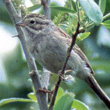
They found that the pitch of the male white-crowned sparrow song has risen over the years – they’re singing at a higher frequency now in order to be heard better over the lower-frequency growl of passing cars, lawn mowers, etc. Their song overall has changed, too. The two researchers call it “the San Francisco dialect.”

There’s outrage in the U.K. over the number of military working dogs who are routinely destroyed, rather than retired, when they return from active duty in Iraq and Afghanistan.

Today, yet another food revelation: Chickens on factory farms are routinely fed acetaminophen (as in Tylenol), along with the same antihistamine you find in Benadryl, the antidepressant that’s featured in Prozac, plus various antimicrobials, and, yes, arsenic.
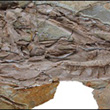
She weighed a ton and a half, was at least 30 feet long, lived about 125 million years ago, and was an early cousin of the Tyrannosaurus family. But the really big thing about her is that she had soft, fuzzy feathers.

The high plains of southern Peru are famous for the Nazca Lines – animal shapes about an eighth of a mile long that were carved into the high plateau land around 400 C.E. and were once thought by some, like the controversial author Erik von Daniken, to have been landing strips for extraterrestrials.

What pink slime represents is an open admission by the food industry that it is hard-pressed to produce meat that won’t make you sick. Because, I hate to break it to you folks, but ammonium hydroxide is just one in a long list of unlabeled chemical treatments used on almost all industrial meat and poultry.

Israel’s attorney-general, Yehuda Weinstein, has told the nation’s High Court of Justice that it is illegal for a vivisection breeding farm to export their macaque monkeys to laboratories in the United States.
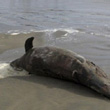
So far this year, according to the newspaper Peru21, more than 3,000 dolphins have washed up on the beaches of the northern Peruvian region of Lambayaque. Scientists are generally agreed that the cause of death is sonar from companies probing for oil.

For years, animal protection volunteers have faced off with people clubbing baby harp seals to death on the ice floes of Newfoundland. It looks like the baby seals may be winning.
Two years ago, the new president of the Maldives held a cabinet meeting in the ocean as he tried to draw attention to the fact that his island nation is being submerged by the rising sea.